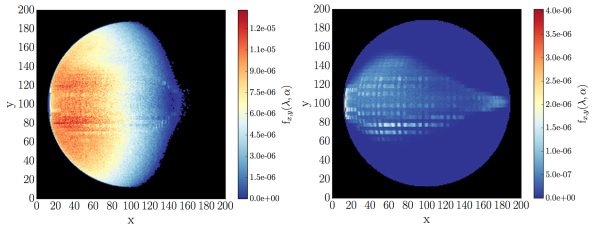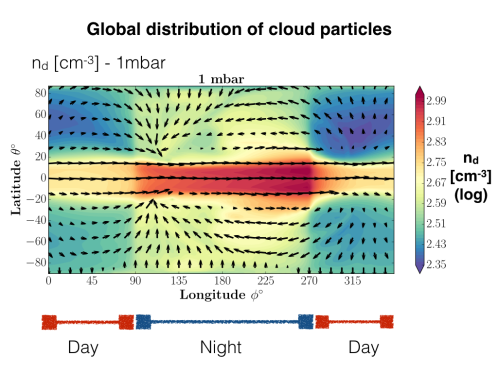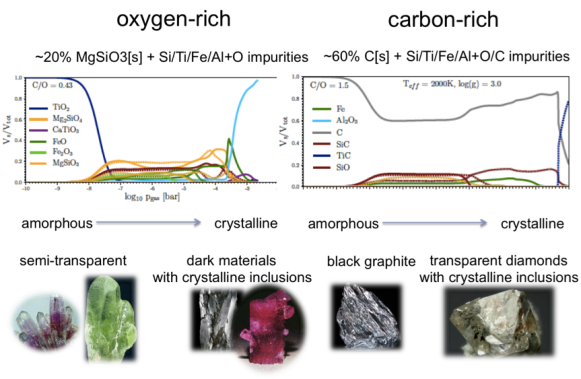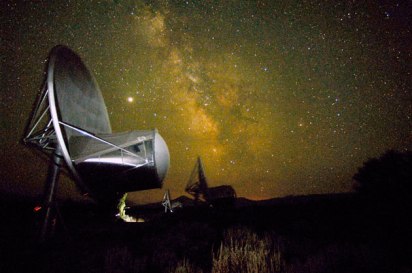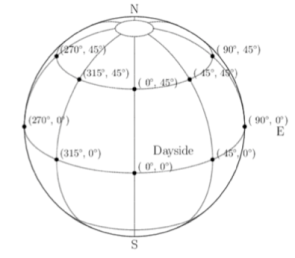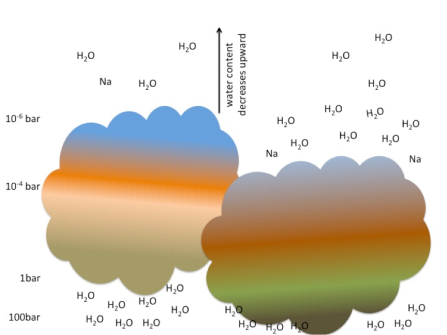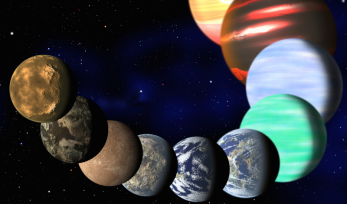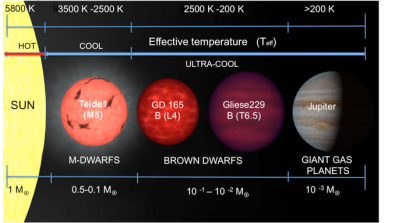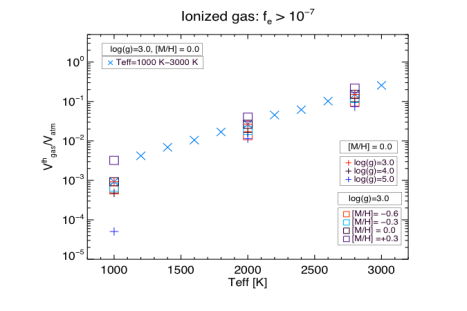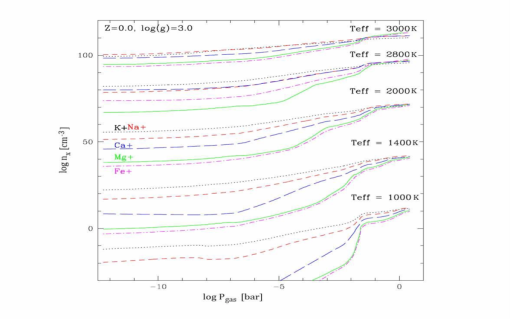Lightning leaves many traces when it occurs. In our recent paper (Ardaseva et al. 2017), we explore which chemical traces lightning may leave in planetary atmospheres unlike our Earth. We evaluate the chemical impact of an extreme lightning storm on planets of arbitrary composition. We predict the effect an extreme global lightning storm on the Early Earth, to see how such a storm might look like remotely. Our model allows us to study lightning induced chemistry on exoplanets with varying chemical compositions, physical profiles and with a variety of host stars. Observers can test our predicted values for NO, NO2 and O3 in case a balloon measurement is made in close vicinity of a lightning storm. If we were to observe an Early Earth-like extrasolar planet, we should look for nitric oxide and cyanomethylidyne (C2N) in order to identify the presence of lightning.
Lightning is one of the most powerful events observed on our planet. The temperature inside the lightning channel is able to reach up to 30000K and pressures can increase eightfold. Such extreme conditions cause full ionization of the medium, and leave a notable impact on the composition of the atmosphere. For example, lightning on Earth is able to dissociate and ionize the very stable N2 molecule, recombining to produce 10^10 kg of NO and NO2 per year. This makes the NOx family signature molecules for lightning on the present-day Earth. But they are also signatures of human activity, since they are produced via the photodissociation of nitrous oxide, a major agricultural waste product.
Lightning storms have been observed also on other planets in our solar system, such as Jupiter and Saturn, and are very likely to be present on exoplanets (as discussed here). The exoplanets vary in their sizes, including Earth-sized rocky planets and Jupiter-sized giants. They also vary widely in their structure and composition. Given all this diversity, how would a massive electric discharge affect their atmospheres? Does lightning affect the spectral features we could observe? Would the effect of lightning on transmission or emission spectra of exoplanets be strong enough to allow us to observationally determine the presence of the lightning storm, from chemical species that would probably not be there any other way?
Model: In order to answer these questions, we developed a model that simulates the extreme lightning storm in the atmosphere of any kind and predicts chemical impact. Our code combines 2D hydrodynamic simulation of electric discharge using ATHENA and chemical kinetic network STAND2015 with 1D atmospheric code ARGO, as described in previous work by Rimmer & Helling (2016).
Lightning storm on present-day Earth: The only example of an electric discharge event we were able to study in great detail is the lightning on Earth. In 1969, Orville et al. were able to take spectral ‘snapshots’ of discharge channel. Extreme conditions lead to the production of more complex chemicals during the cool-down. In our atmosphere, that consists mostly of oxygen (~20%) and nitrogen (~80%), a lightning event produces
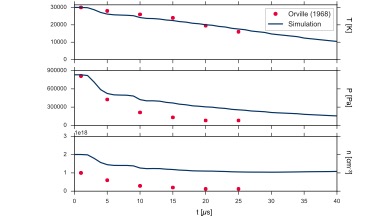
Fig 1: The temperature (T) and pressure (P) changes over time (t) during the occurrence of a lightning event.
10^10 kg of NO and NO2 per year. This makes NOx family a signature molecules of lightning on present-day Earth We expect that signature molecules vary depending on the atmospheric composition and physical parameters of the planet.
For our model we assume that initial physical conditions (temperature, T, and pressure, p) are always the same: temperature is 30 000 K and pressure is 8 times larger (values on the very left in Fig 1). Since lightning is characterised as a bright event, we take into account radiative cooling – all the photons that are emitted and carry energy away. Therefore, the temperature, T, in Fig. one decreases with time, t. We compare values of our model with the observations made by Orville (red dots in Fig 1). We are able to reproduce the temperature values, however the shift in pressure and number density is likely to be a result of the observational methods.
Validating by Comparing to Earth: We compared our combined model to the existing measurements of chemical mixing ratios in the Earth atmosphere. By assuming a lightning storm at 0 km altitude, our model successfully identified the signature molecules – NO, NO2.

Fig. 2: Mixing ratios from NO, NO2,O3. The red curve shows results with and the blue curves without lightning. The black dots are measurements.
Figure 2 shows the mixing ratios of NO, NO2 and O3 with (red) and without (blue) lightning. It also shows the values obtained from balloon measurements (black dots). Observers can now use our predicted values in case a balloon measurement is made in close vicinity of a lightning storm. Having reasonable agreement with all the observations, we now begin to apply our model to other more remote locations!
A case study – Early Earth: Our model allows us not only to study the present processes, but also can help to understand how the lightning storms affected the evolution of the Earth’s atmosphere as we know it now. We start our exploration with an Early Earth, when it was less than a billion years old. At this time, the composition of the atmosphere looked a bit different, with roughly 90% nitrogen, and 10% CO2, along with trace amounts of water, hydrogen, and bon monoxide. Our model suggested, that if we were to observe an Early Earth-like extrasolar planet, we would have to look for nitric oxide and cyanomethylidyne (C2N) in order to identify the presence of lightning. The chemical output of the model can be used to predict spectral features of a planet covered with lightning storms. Our collaborators from ExoMol produced synthetic transmission spectra for both the present-day and Early Earth. Even though the signature features appear to be strong, it is not possible to resolve their features even with the upcoming JWST. We need to wait for the next generation of telescopes to find these super-powerful lightning storms!

